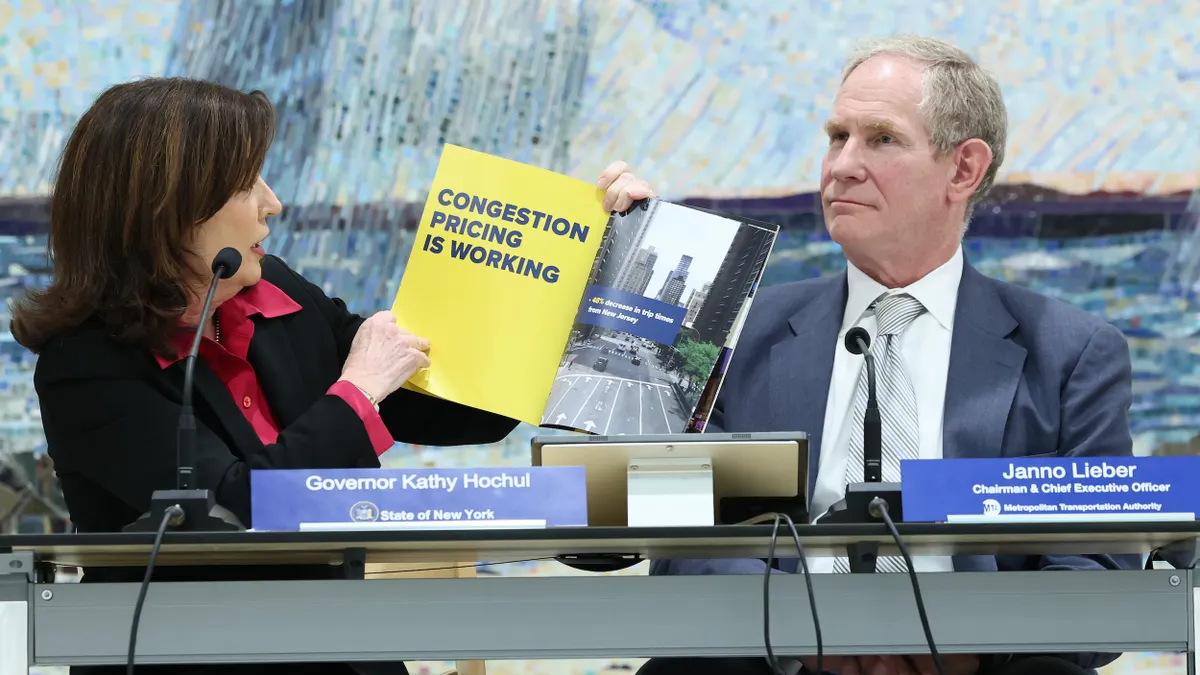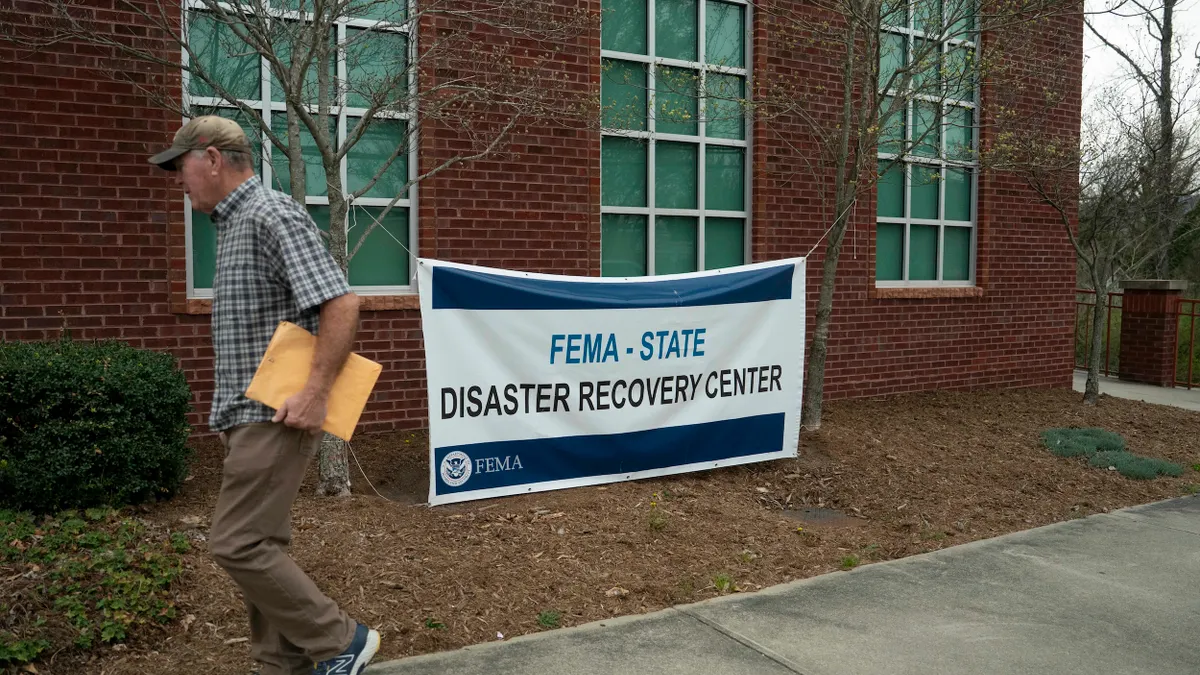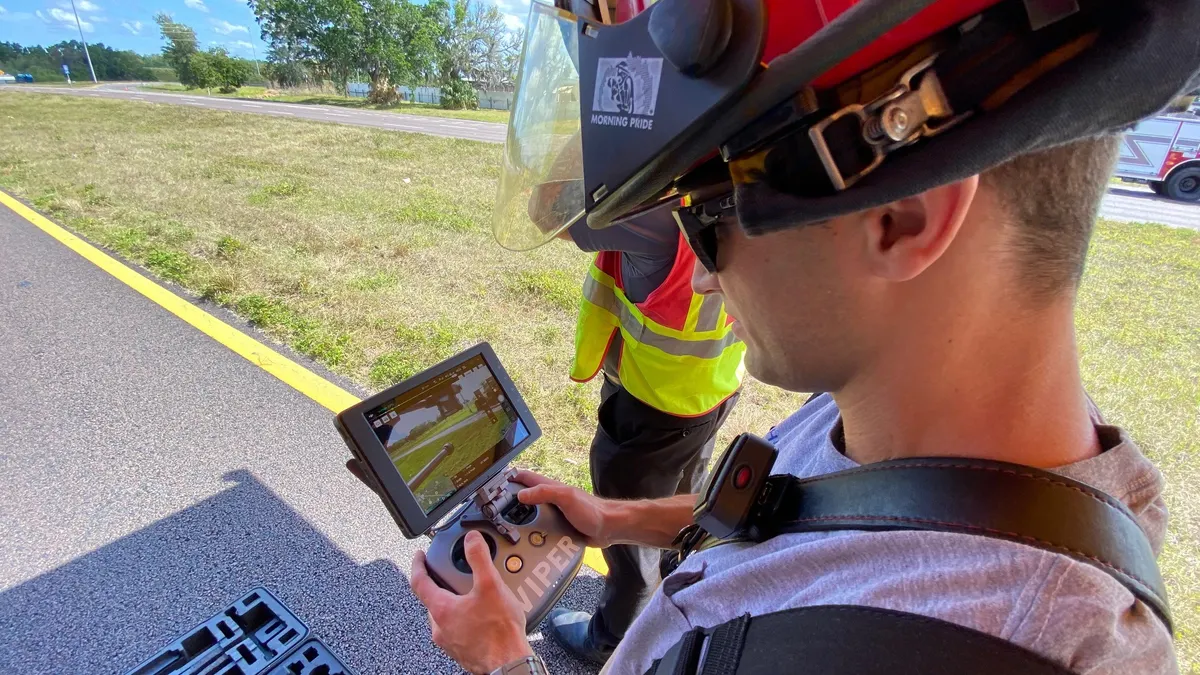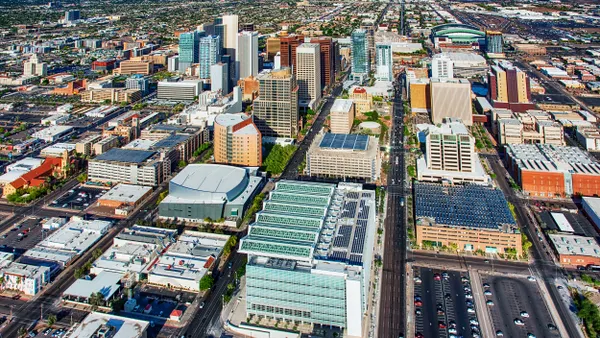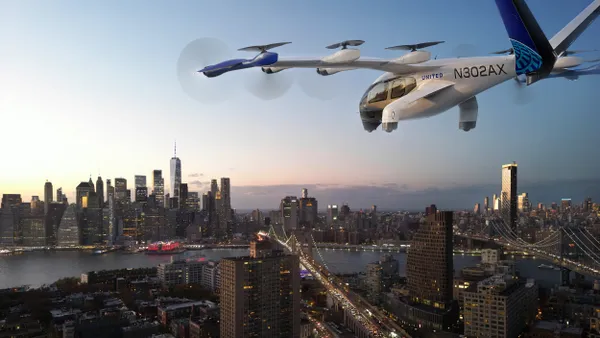New York’s congestion pricing program passed its six-month anniversary on July 5 and continues to operate even as the U.S. Department of Transportation’s effort to shut it down remains tied up in court. The state, which enacted the legislation to create the program, and the Metropolitan Transportation Authority, which administers the program, say they stand firm in their commitment to the tolling plan.
“Congestion pricing has succeeded in reducing traffic, speeding up the flow of traffic, and reducing delays,” according to a July 5 news release from New York Gov. Kathy Hochul. Average bus speeds in the congestion pricing zone increased on a year-over-year basis every month since inception, according to MTA data. Approximately 8% to 13% fewer vehicles entered the zone each month this year compared with the historical average. The zone includes Manhattan from 60th Street south, excluding the FDR Drive, West Side Highway and surface roadway portions of the Hugh L. Carey Tunnel connecting to West Street.
The tolling program’s impact has also been felt beyond the congestion zone. Traffic delays outside of Manhattan are 9% lower than would be expected without congestion pricing, according to a June 18 report from the Regional Plan Association, an independent nonprofit organization. The RPA found that traffic delays decreased by 10% in the Bronx and 14% in 12 municipalities in Bergen County, New Jersey.
The congestion pricing zone improved traffic safety as well: Crashes in the zone are down 14% and traffic injuries are down 15% in the zone, according to the governor’s news release. “Congestion pricing has been a huge success, making life in New York better,” Hochul said.
More transit riders
Transit ridership increased across the New York Metropolitan Transportation Authority’s region from January to May when compared with the same period last year. Subway and bus ridership in New York City rose 7% and 12% respectively. The MTA’s commuter railroads saw increased ridership as well: an 8% increase on the Long Island Rail Road and a 6% increase for Metro-North, which serves New York counties north of the city and select areas of Connecticut.
“After six months, congestion pricing is part of the furniture,” Danny Pearlstein, policy and communications director at transit advocacy group Riders Alliance, said in an email. “It's working great on New York's streets and polls well among people most familiar with it — and best with drivers who regularly pay the toll.”
The tolling program also appears to be on track in providing revenue for the MTA’s capital investments, a key element of the plan. Congestion pricing is expected to generate $500 million in revenue this year, the governor’s press release said.
“The revenue is coming in really strongly,” said Rachael Fauss, senior policy advisor at Reinvent Albany, which advocates for transparent and accountable state government in New York.
Fauss said her group is working on making “the connection between the revenue that's being raised and the capital projects that are getting funded,” so people know where the money is going.
The congestion program’s revenues are already helping to make accessibility improvements at 25 subway and train stations, modernize subway signal systems and pay for new subway and commuter rail cars, MTA Construction and Development President Jamie Torres-Springer said in a statement.
Air quality in New York City may also be benefiting from congestion pricing. A July 1 report from the New York City Health Department found that levels of fine particle air pollution, specifically PM2.5, were steady or decreasing at most sites tested within and outside the congestion zone from January to March.
Trump administration opposition
But New York still faces an order from the U.S. Department of Transportation to shut down its tolling program. In response, the MTA sued the DOT, Transportation Secretary Sean Duffy and others to overturn the department’s attempt to terminate the program.
Judge Lewis Liman, nominated by President Donald Trump in 2019 to serve on the United States District Court for the Southern District of New York, issued a temporary restraining order prohibiting the DOT from taking action. The MTA’s lawsuit remains active, said Fauss.
Fauss also noted that the congestion pricing program dodged attempts in the state legislature this year to add more exemptions for certain drivers, which would have reduced revenues from the program.
MTA Chair and CEO Janno Lieber called the congestion pricing program “a massive success” in a statement. Hochul said in a May 27 statement that “it's working and we're keeping the cameras on.”



